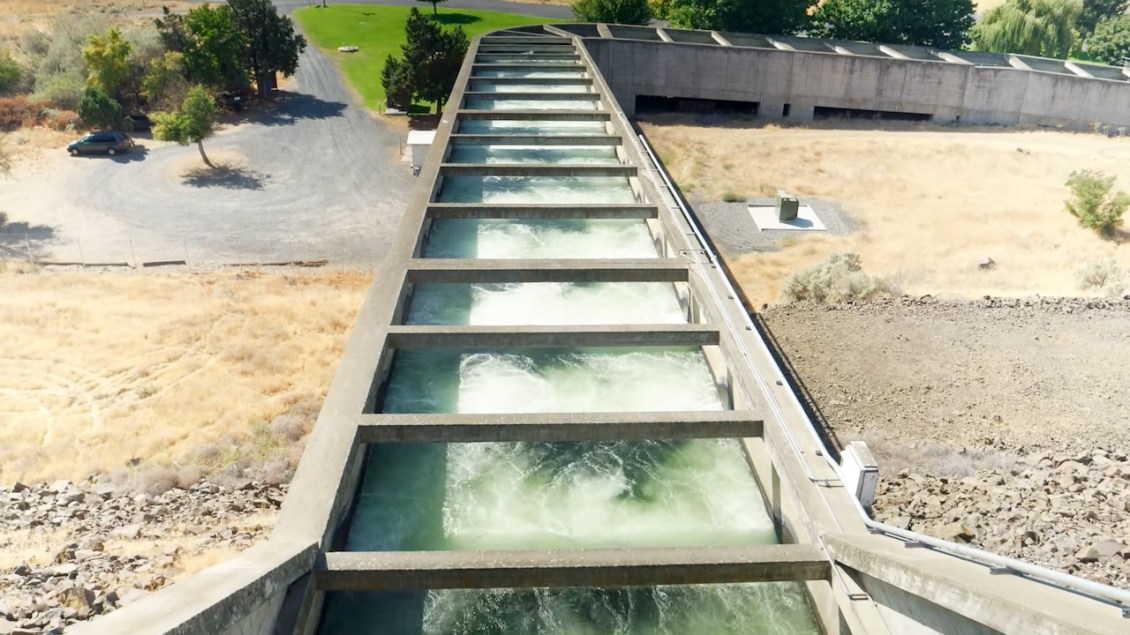How Fish Ladders Work to Keep Certain Species Migrating Smoothly
Grady HillhouseofPractical Engineeringexplained how fish ladders work to keep specific species migrating smoothly, especially during the development of large water projects such as dams, hydropower generators, flood protection, and farm irrigations.
Building a dam imparts a stupendous change to the environment, and as with any change, there are winners and losers. The winners are usually us, people ...But, we've known for a long time, probably since we started building dams in the first place, that many of the losers are fish (especially migratory fish) through fragmentation of their habitat.
He further notes that each species is different and the ladders must be tailored as such. Being that he's in the Pacific Northwest, Hillhouse uses the example of migrating salmon.
All fish are different, which means every fishway needs to be specially designed for the particular species that they handle. ...Salmon encounter all kinds of obstacles in natural streams and rivers, even ignoring the human-made ones. ...So, the goal of a salmon fish ladder is to mimic natural conditions, to trick the salmon into thinking they're simply making their way up a section of the river, if a somewhat steep and concrete one, without delay, stress, or injury.
To see such development firsthand, Hillhouse visited the Pacific Northwest National Laboratoryin Richland, Washington, where scientists do a copious amount of investigation and research to ensure the safety of local fish population.
I saw the wide variety of tracking systems they use to observe the behaviors of fish in the wild and lots of different ways they study fish in a lab as well. From research like that and decades of trial and error with the fish passage systems in the real world, engineers and biologists have started to zero in on a few designs that work best.
